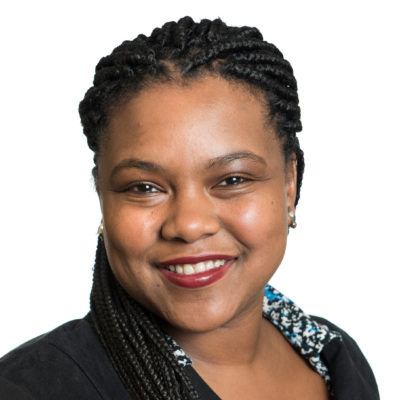Public Policy Was Already Failing Young People—Pandemic Is Making it Worse
>> Back to A New Deal for Youth
By Kisha Bird and Nia West-Bey
“We live in a country that is more concerned about making up for lost profits instead of the rising death toll – massive unemployment rates and the ones that had hardships before the pandemic occurred – but continue.”
—Christian “C-STEEZ” Sutton, poet, A Call to Action: Youth, Young Adults & Allies’ Community Respond to COVID-19 Pandemic, May 19, 2020.
Our nation is at a crossroads. We are in the midst of a global pandemic and an economic recession. Since the summer, hundreds of thousands have taken to the streets to protest racial injustice, public lynchings, and police brutality. In the face of these systemic challenges and public health threats, young people are leading and demanding to be seen and heard.
Youth and young adults—particularly young people of color—were facing an uphill battle to economic security, safety, and overall wellbeing even before the pandemic. And since COVID-19, they have been almost totally overlooked by policymakers in relief efforts.
How do we know this? First, we’ve heard it anecdotally from young people we talk with regularly. Second, we’ve been analyzing federal surveys to create a data portrait of young people. Our 2020 Youth Data Portrait examines three interconnected domains affecting the lives of young people: Economic Justice, Healing & Wellbeing, and Safe Communities. The data across these three areas show the failure of public policy to support young people.
To understand economic, safety, health, and mental health trends during the Trump Administration, we analyzed multiple federal data sets (National Survey on Drug Use and Health, CDC Fatal and Non-fatal Injury reports, Bureau of Labor Statistics, Community Population Survey Annual Social and Economic Supplement, Department of Education Civil Rights Data Collection). In addition to examining these trends, we also wanted to learn how young people are faring in the pandemic. So, we analyzed the Census Bureau’s weekly Household Pulse Survey data from April to July 2020. What we found was a deeply disheartening picture of how the COVID-19 pandemic has exacerbated and deepened the crisis young people were already facing.
Here are some of the most striking findings from our 2020 Youth Data Portrait:
Even before the COVID-19 pandemic
- As the national poverty rate declined, young adults consistently experienced higher poverty rates and clocked unemployment rates twice as high as the national average.
- From 2016-2018, the number of young people living in poverty who reported they needed, but didn’t receive, mental health services grew from 750,000 to more than 1.1 million.
- Young Black men were disproportionately stopped by police, and Black young women were disproportionately arrested when stopped.
During the pandemic
- Young people are experiencing brutal unemployment rates that approach and surpass 50 percent for young people of color.
- Upwards of two in three young adults are reporting some level of anxiety and depression.
- Meanwhile, Black and Indigenous communities are continuing to experience high rates of homicide and police violence.
Even as we were looking at data, we were also partnering with young people to learn first-hand how the pandemic was affecting them and their communities. We’d heard that they felt largely invisible and ignored as the nation’s leaders deliberated over the largest stimulus package in U.S. history. Where was all this money going? Would they have access to it? Would it reach their communities, their families?
Why We Can’t Wait: Our Response Must Be A New Deal for Youth
For months, millions of youth and young adults have been navigating chaos and an unconscionable set of circumstances. Among other things, they’ve faced virtual schooling, displacement from college campuses and workforce programs, unsafe and unstable housing, domestic violence, lay-offs, and serving as frontline workers with exposure to the virus. And far too many are doing this without knowing where their next meal is coming from or having access to money. Young parents faced all of this uncertainty and more for their children.
That’s why, as the nation decides which way to go to combat the health and economic consequences of the pandemic, confront racial injustice, and take steps to heal, we will be launching what we call a New Deal for Youth. Our nation took intentional and bold steps in the wake of the Great Depression and World War II to create new systems and policies to reimagine life for people living in poverty and boost the white middle class. We need this same commitment to youth and young adults now, while centering policies on communities of color most harmed by structural racism, income inequality, unemployment, poverty, debt, police brutality, inequitable education, and an unjust criminal justice system. What we need is a New Deal for Youth.
Over the next year, CLASP will spearhead an initiative to partner with young adults and engage a broad set of partners, stakeholders, and allies to solicit big, bold ideas to shape our nation’s policy, practice, and public discourse.
We can’t wait for economic justice. We can’t wait for healing and wellbeing. We can’t wait for safe communities. It is time for a New Deal for Youth that responds to the historic roots and current scale of the crisis. When the once-in-a-lifetime catastrophe is over, our future as a nation will depend on how intentionally we support and invest in this generation.
